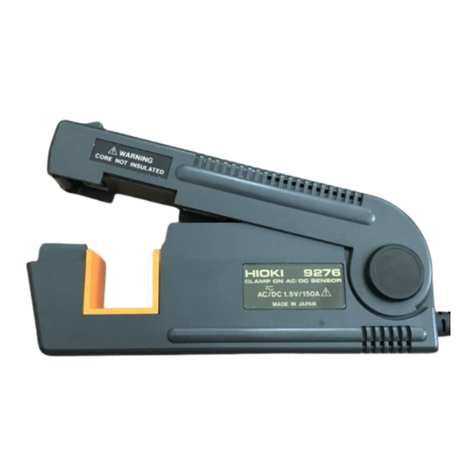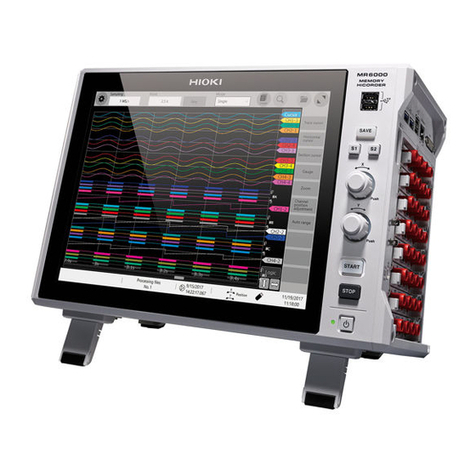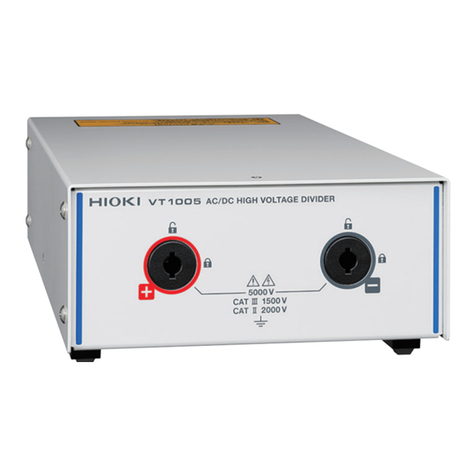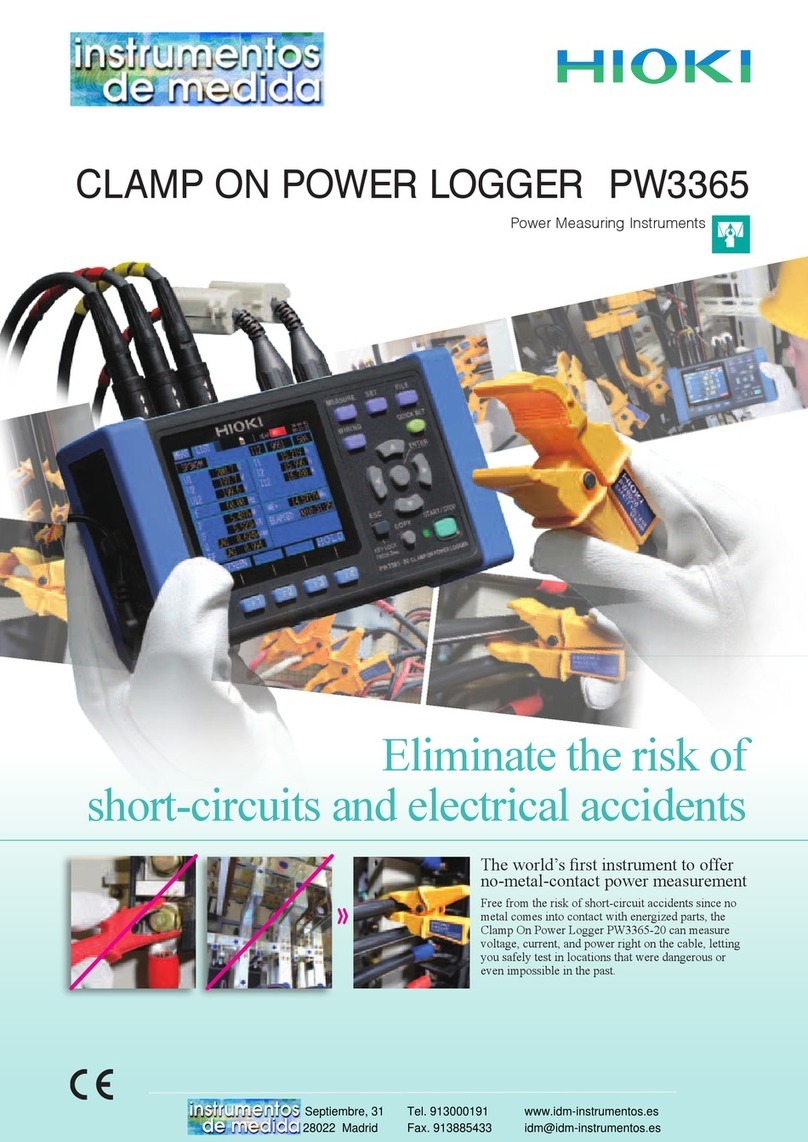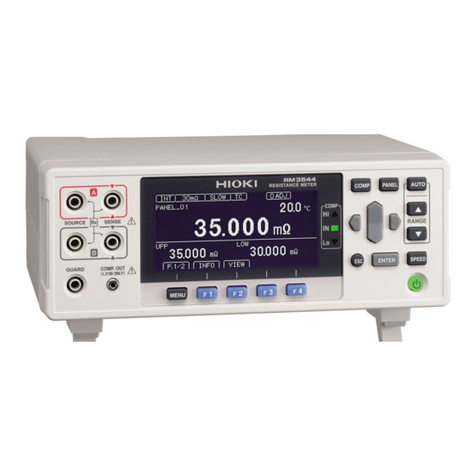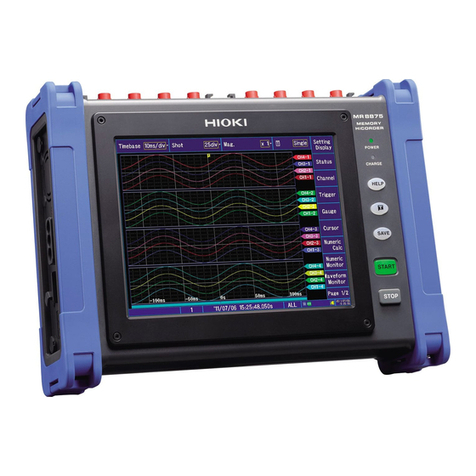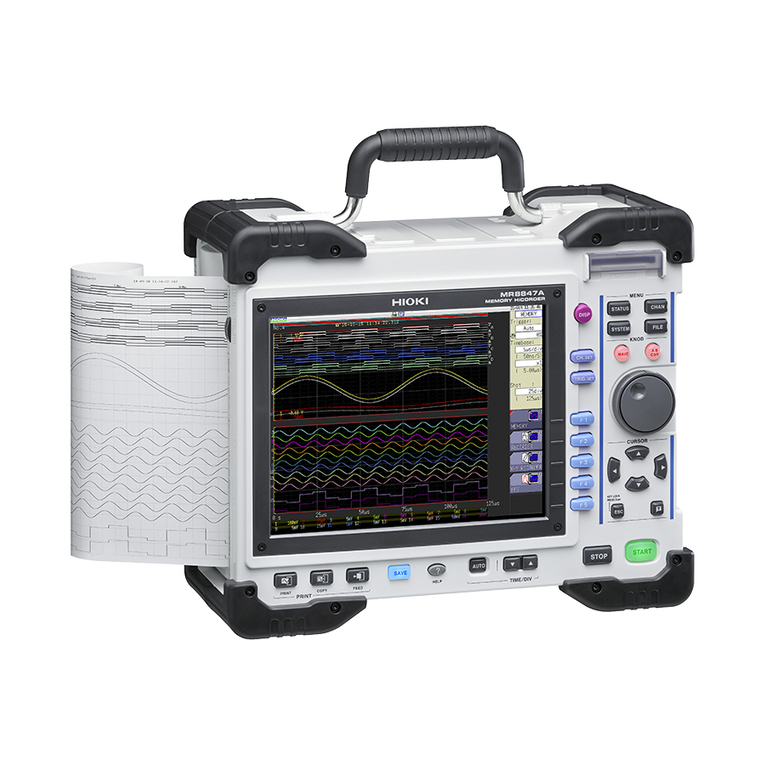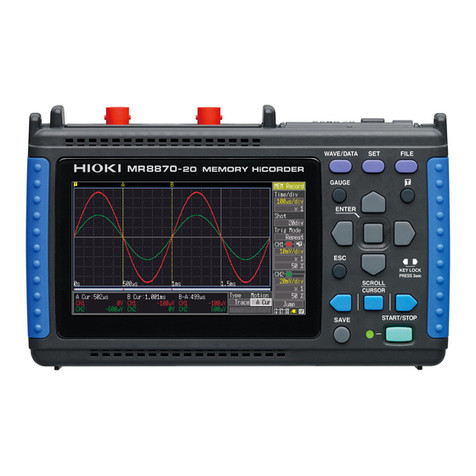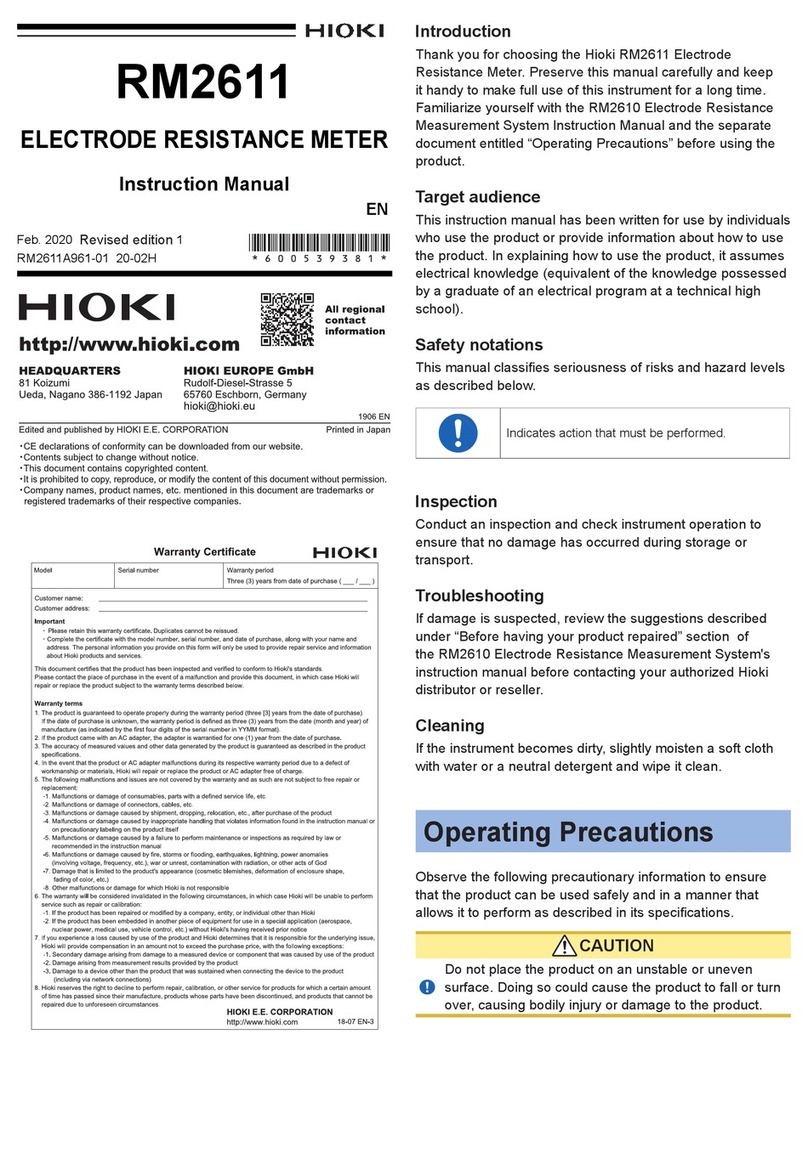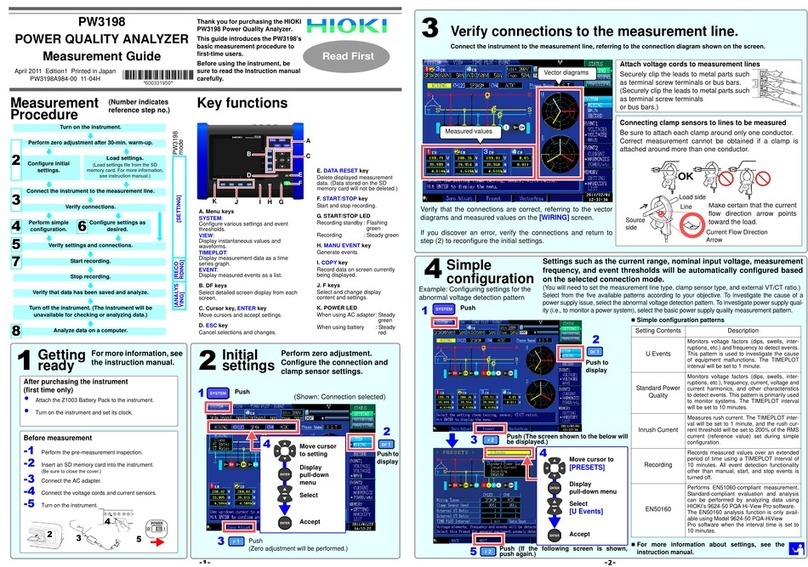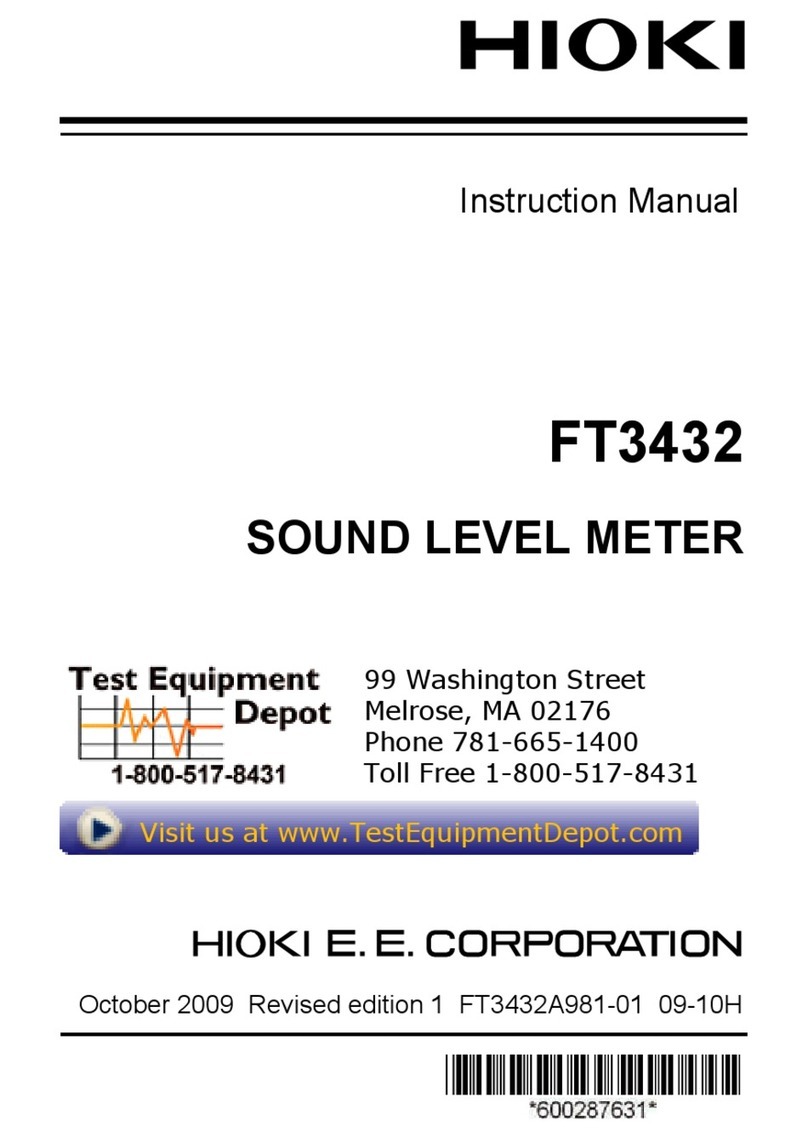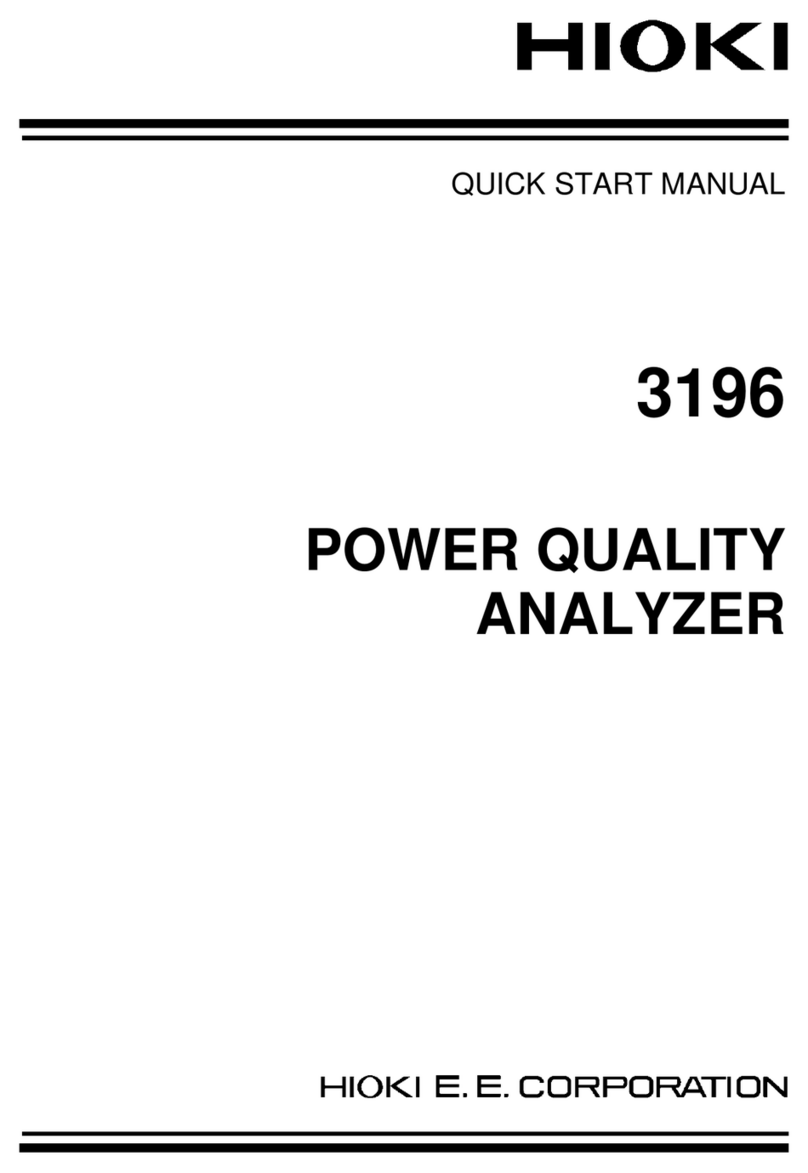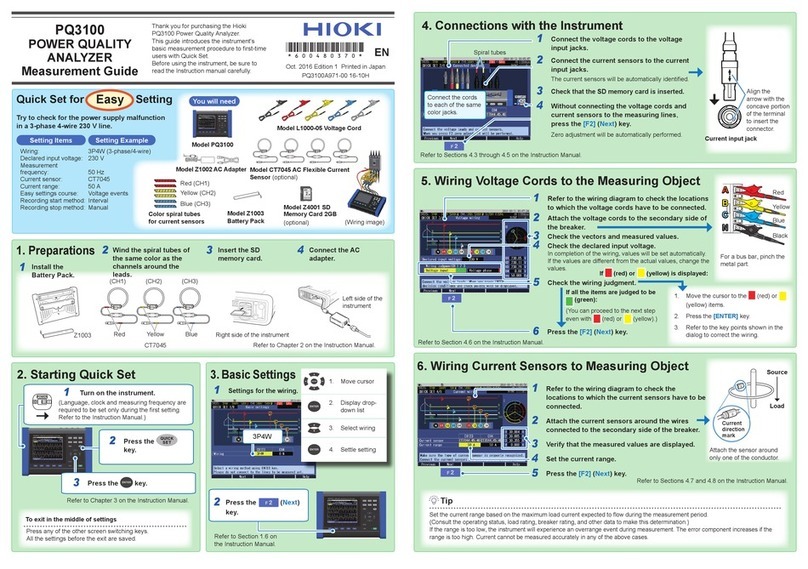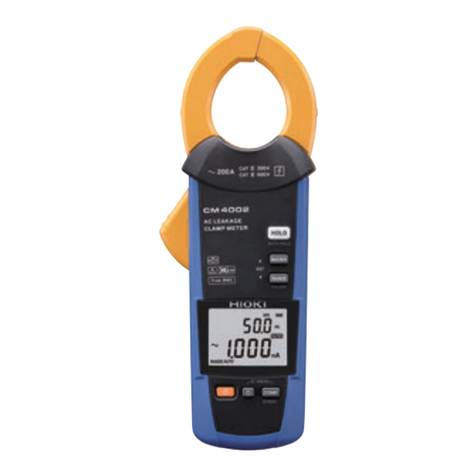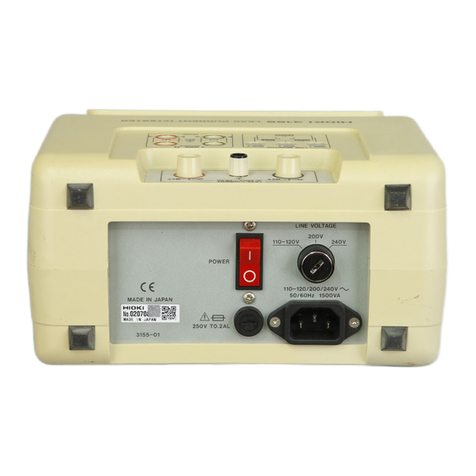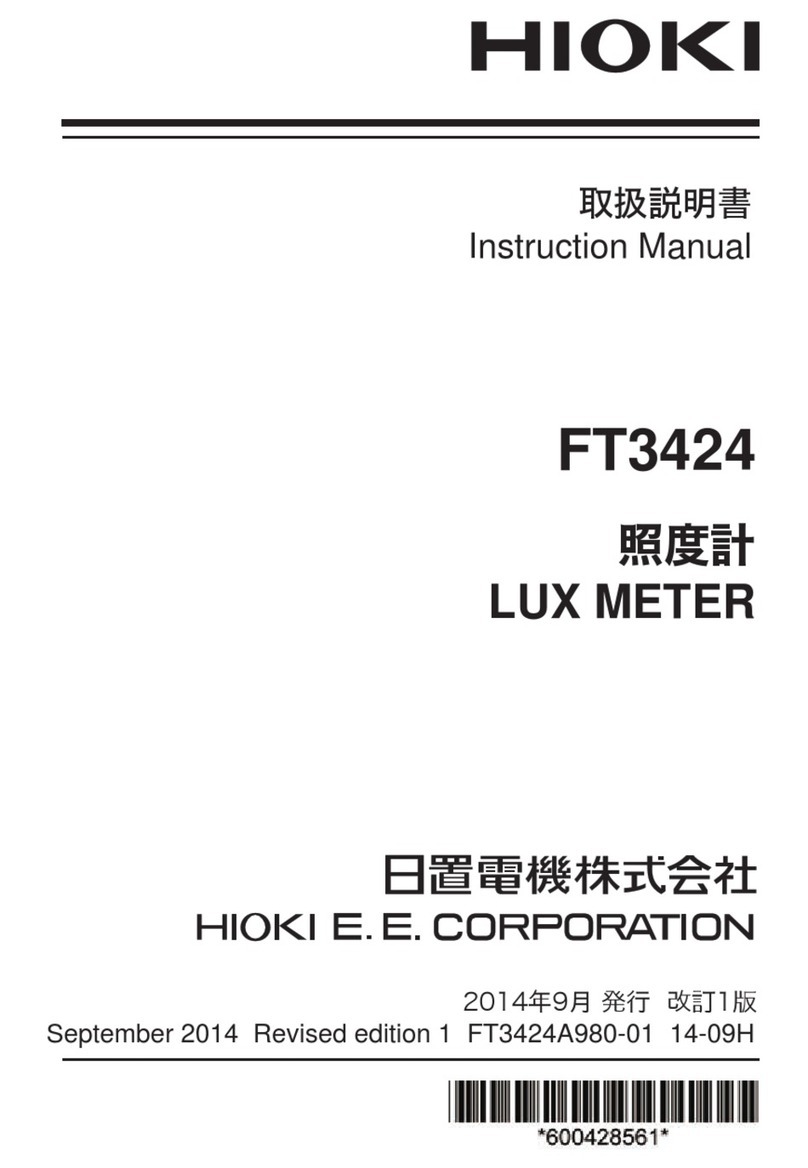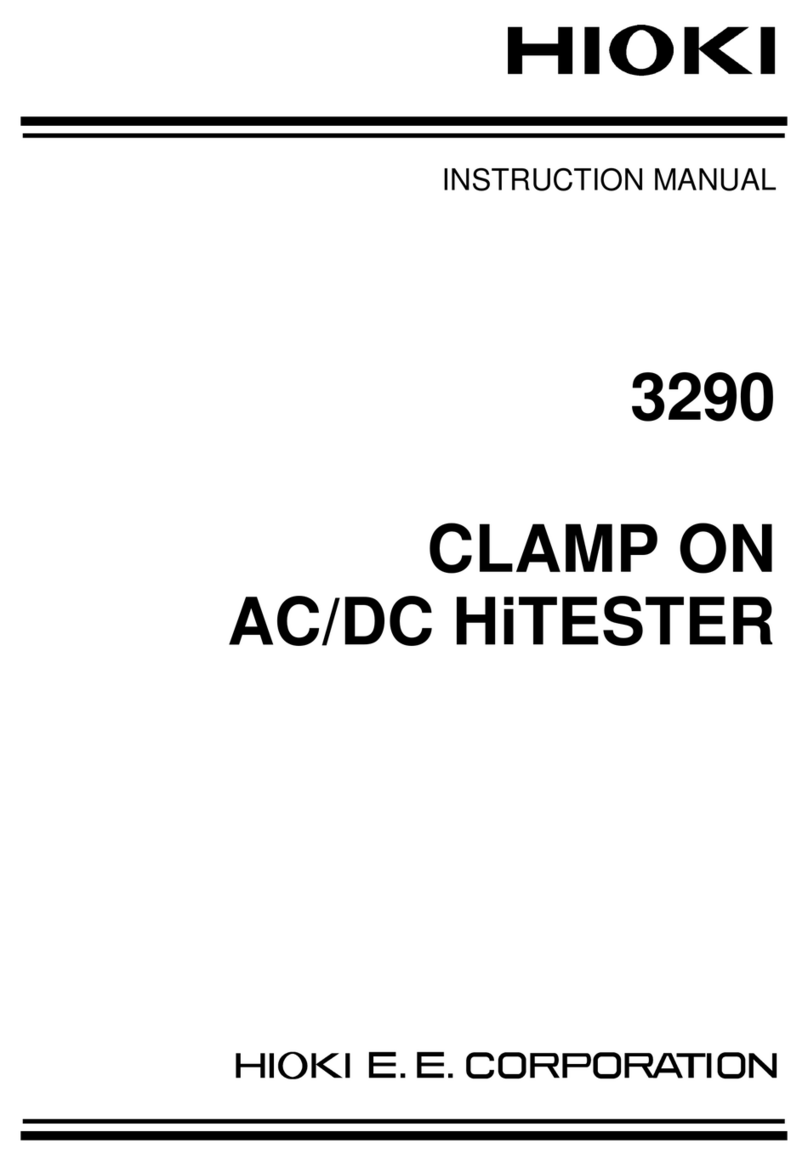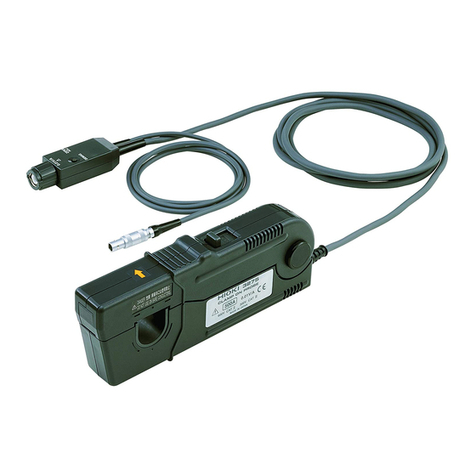
i
Contents
Introduction...........................................................................1
Notations ..............................................................................2
Conrming Package Contents..............................................5
Safety Notes.........................................................................7
Usage Notes.........................................................................8
1 Overview 13
1.1 Product Overview............................................13
1.2 Product Features.............................................14
1.3 Name and Function of Each Part ....................16
Termination unit ........................................................ 16
Junction box (keys, LEDs) ........................................18
Sensor ......................................................................20
1.4 Specications of Lighting up / Blinking
LEDs ...............................................................22
2 Current Measurement 25
2.1 Inspecting the Device Before Use...................26
2.2 Preparing for Measurement ............................28
Providing power to the device................................... 29
Executing demagnetization and automatic zero-
adjustment ................................................................33
2.3 Measuring Currents.........................................40
How to measure a current ........................................49
To measure a low current .........................................57
To measure a current accurately ..............................59
When the device has entered protection mode ........61
2.4 Finishing Measurement...................................64
4
3
2
1
Index
